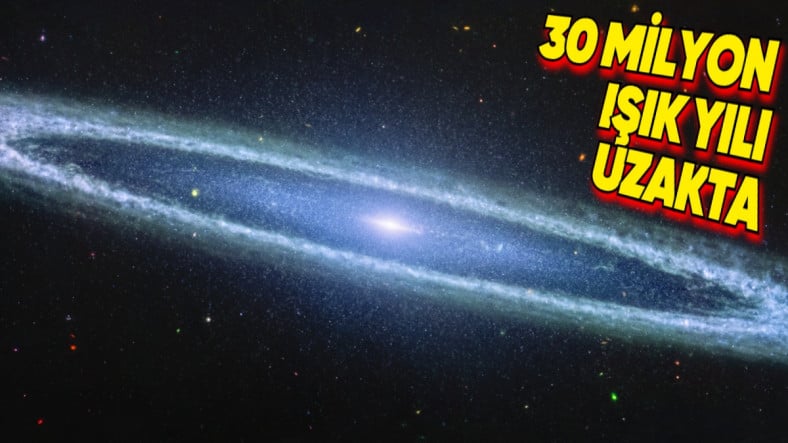Detail
Last April, a team flying over Greenland noticed something unusual beneath the massive ice sheet. They found a place in the middle of a homogeneous environment on a strip of desert where they expected to see only ice. IT Camp Century is a military base built under Greenland by the U.S. Army Corps of Engineers in 1959.Channel 24 reports with reference to the Earth Observatory.
Alex Gardner, a cryospherologist at NASA’s Jet Propulsion Laboratory, says it took them a while to figure out what it was.
Camp Century was built in a cold part of the world where temperatures dropped to minus 57 degrees and wind speeds exceeded 120 miles per hour. Despite this, the Corps of Engineers built a large base here that could accommodate 200 people at a time.
When Camp Century was built it was closer to the surface, but in 1967 the site was abandoned. In the 57 years since that day, At least 30 meters of snow and ice accumulated on the object. Allegedly 47,000 gallons of radioactive waste produced by the camp’s nuclear reactor were buried with it.
![]()

Camp Century on weather radar / Photo: Michala Garrison/Jesse Allen/NASA/JPL-Caltech/GSFC
Although the facility has been abandoned for decades, work at Camp Century continues to reveal details of Earth’s history. Soil cores recovered from the site are still analyzed using methods that were not available when they were extracted, to help tell the story of Earth’s ancient climate.
It’s easy to forget that millions of years ago, Greenland was a lush landscape home to pine forests as well as mastodons, crabs, geese, and other animals. The cores found at Camp Century shed light on Earth’s past conditions, helping scientists predict our planet’s future climate.
This expedition did not set itself the goal of finding the US camp. Scientists are really simple The mapping ability of the IHASAR device was tested inner layers of the ice sheet.
Lost cities are often found in dense rainforests, where archaeologists use Lidar imaging to see structures hidden under dense vegetation. Earlier this year, one such team found thousands of Mayan structures in Mexico’s Yucatan Peninsula. A recent study in Greenland used the same principle, but with a different technology that emits radio waves instead of laser light.














